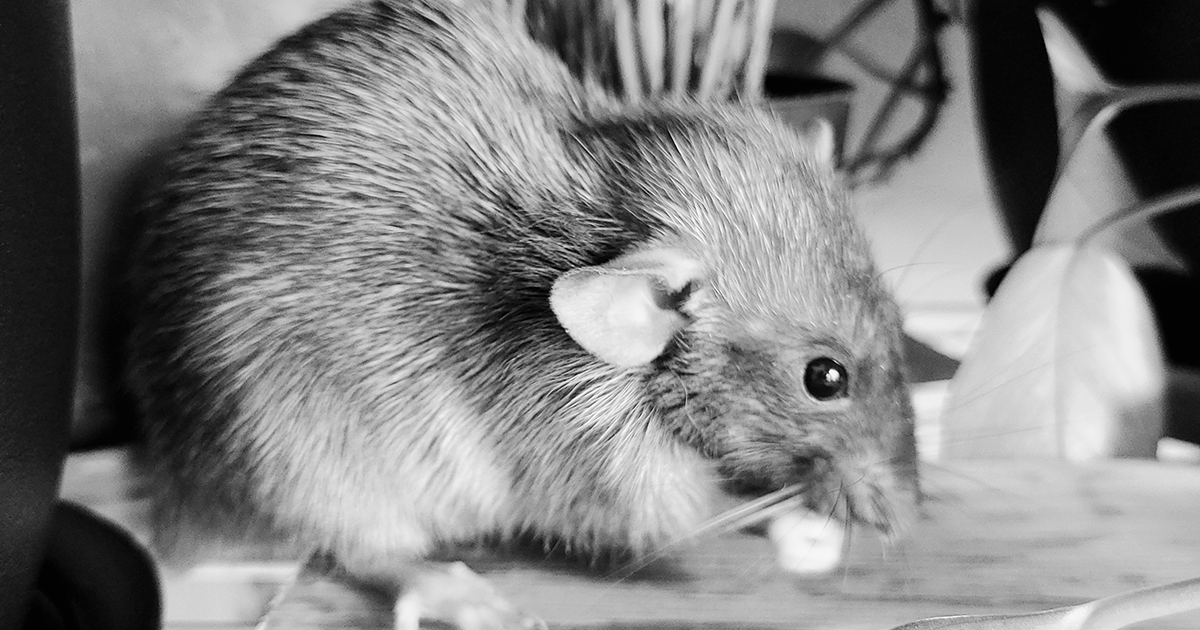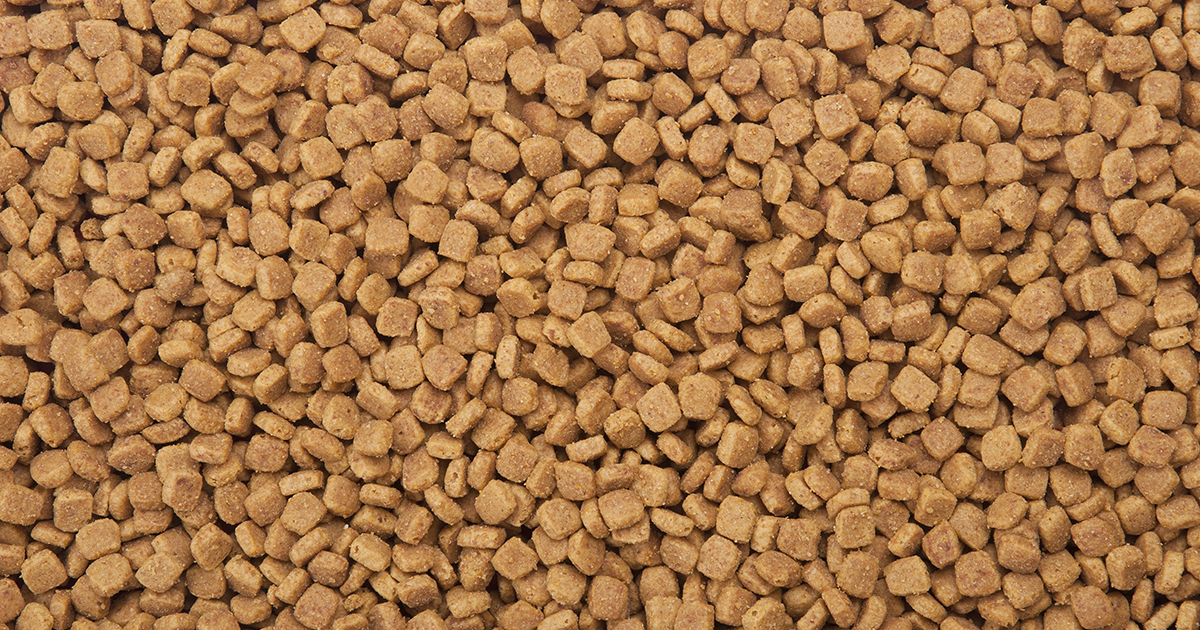State of the Rattery : 2020-2022

- Abby Chronister
- Published 4/22/2022
- Uncategorized
The last two years have been trying for everyone. The pandemic introduced new obstacles and problems that most of us have never had to face. And as the world faced new issues, so did the rattery.
2020
COVID-19
At the height of the pandemic, I made the decision to close applications and cease adoptions for the time being. This was to both follow stay-in-place mandates that were in effect for my area, but also to do my part in keeping myself and others safe. I was and still am a strong believer of science, as I’m sure you can tell from this entire blog.
During this time, I was able to focus on my rattery, slow down litters, and really was able to produce focal point litters that were vital for the lines that I currently had.
The New Rats
At the end of 2020, I participated in what is known as a “train.” This is a cross-country venture that was hosted by a private company from the West coast. Absolutely none of the blame for what occurred in the community is on their shoulders. This train traveled from the West coast, through the Midwest, to the East coast and then back. Along the way, making stops to pick up rats, mice and various other species of rodents, as well as stopping to drop them off. This method is a great way for breeders across the country to collaborate.
But it does come with its own drawbacks. Unlike dogs and cats, rats cannot get vaccines, and there are a handful of diseases that are extremely dangerous to colonies. I received a trio of bucks from a breeder on the East coast after discussing it for a few weeks. Everything seemed perfectly fine.
I followed quarantine protocol, and these three bucks never stepped a toe into my rattery. They immediately went to a completely separate home, where they stayed for 16 weeks. This was in mid-Novemberish. This action potentially saved my rattery.
For weeks following the train, numerous ratteries were having severe illness and deaths, eventually being pinpointed to the Sialodacryoadenitis Virus (SDAV). I have more information about this virus under the Zoonotic Diseases tab.
This virus is mean. And being a virus, there isn’t a treatment. You just have to hope, and treat prophylactically to hopefully ward away secondary infections. However, this virus can be burned out of a colony during a 4-month breeding moratorium… or a 4-month-long quarantine. While the trio of bucks I received never showed symptoms, I didn’t take the chance and even consulted professionals from Charles River Labs. They assured me the 16-week QT with the absence of symptoms was more than enough to ensure safety.
The Drama
The digital rat community definitely doesn’t lack its fair share of drama, or strong personalities. A witch hunt ensued.
Now, many ratteries faced devastating consequences for the actions of one irresponsible breeder. Their pain of having their pets, their ratteries, facing daily deaths, sometimes upwards of 10 a day, is absolutely something to be empathetic with, and to mourn for them.
The community sought the breeder responsible, and simply asked for them to re-evaluate their policies. To stop breeding for that 4-month period so that any virus they had, may be burned out. Ratteries affected weren’t even asking for reparations. Just for that one breeder to do better.
During this time, the community repeatedly sought out assistance and advice from Charles River Labs, and ratteries were choosing to serology test their rats for the common illnesses they can carry. Most of these are not transmissible to humans.
But a couple of them are.
2021
It’s now May 2021, and the community has become aware of Rat Bite Fever due to this influx of testing.
A lot of snap decisions were made by a lot of ratteries during this time. Many ratteries chose to depopulate entirely during the initial stages. A lot of fingers were pointed, and blame was handed out freely, but many ratteries were testing positive for RBF. Far more than were testing negative. Many people were hurting right on the heels of an illness outbreak. We had also received reports from ratteries who had tested who had cases of negatives becoming positives without the introduction of new rats, and positives becoming negatives. These were isolated instances, however, and were not frequent enough to be understood for certain.
I, and many others, chose not to. Instead, I kept my applications closed, and watched. The biggest takeaway is that we do not have concrete numbers for RBF. We don’t have the data.
At this time, the stance for my rattery is that I am not testing. I believe that my adopters are intelligent adults who are capable of reading the research, learning about the risks, and making the educated decision for themselves, just as they have done for every animal they own.
Pet ownership comes with inherent risks, no matter the species. I include zoonotic disease information on this website. I also require all adopters to sign a Liability Waiver that includes all of this information, as well. It will be amended upon reopening to include Rat Bite Fever. I have owned rats for 10 years, and I have been operating my rattery for 5 years without issue from myself or my adopters. If an adopter is immunocompromised or has family members at risk, I absolutely urge them to find a fully-tested and cleared rattery.
I may test the rattery in the future, but right now, it’s not in the plans.
Burnout and Line reduction
By the end of 2021, I had successfully integrated genetics from the trio of bucks I had received into my lines. One line I ended very early (marble) due to immediate health concerns as well as temperament issues.
The remaining 2 bucks were in good health, and had good temperament. Unfortunately, it eventually came to light that while they were well-tempered, their genetics were not. The inclusion of these genetics to my rattery all but destroyed my lines. Lines I had been working on for nearly 5 years. Temperament took a rapid back-slide, and it felt like I was bailing out a sinking boat with a Dixie cup.
This combined with the RBF problems and the stress it caused killed my passion. I was very close to throwing in the towel entirely.
But I didn’t. Instead, I chose to downsize my rattery to two lines. This is something I regret doing, even if it’s just to get my Pearl Merles back.
Because temperament issues are still an issue.
2022
The big move
In early 2022, I made a big jump over the border and went from Kansas back to my home state of Missouri.
The rattery, naturally, took a backseat, and likely will for the next few months as the move is finalized.
Where we go from here
Temperament issues are still a concern to a point where I’m potentially looking outside the rattery again. A risk, but sometimes outcrosses are necessary.
The harley line will hopefully be changed to Golden Siamese as the golden gene did appear. I’m ending this line of harlies due to health issues beyond normal protein sensitivities.
I plan on returning my Russian Blue line back to just Russian Blue, and it will probably host my blazes as well.
For silvermane, I’m hoping to introduce agouti back into the rattery.
These are large changes that will take a great deal of time. I’m essentially working from ground zero again. But this time, I have five years experience at my back. Reopening may take longer than planned, but I truly do believe it’s worth it to be able to produce rats who are temperamentally sound AND healthy.




